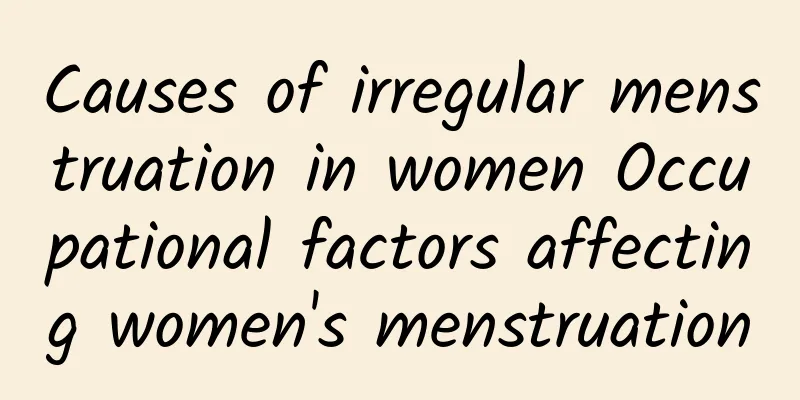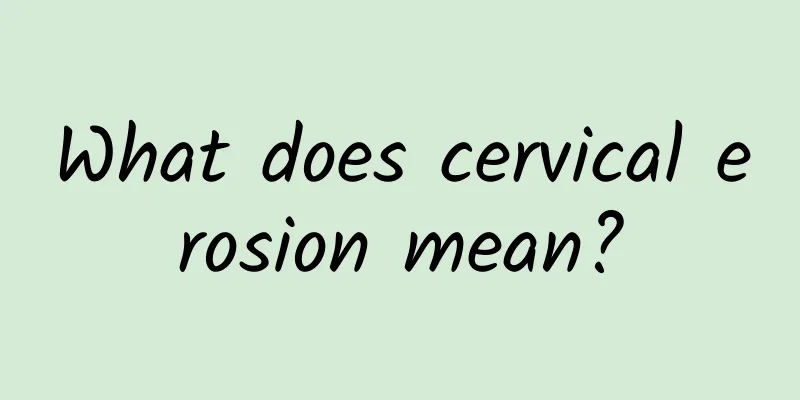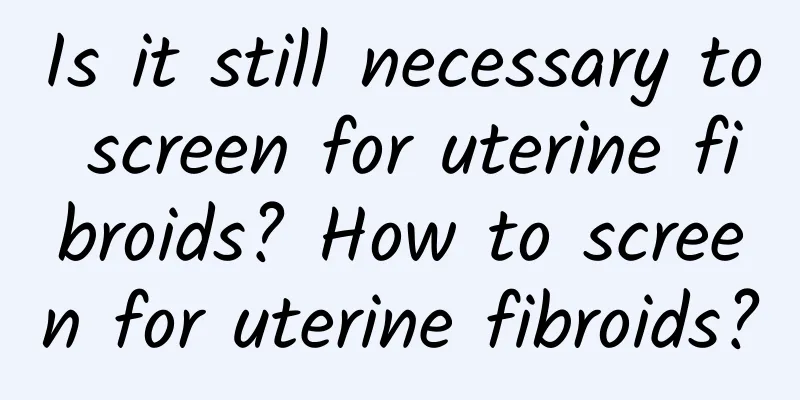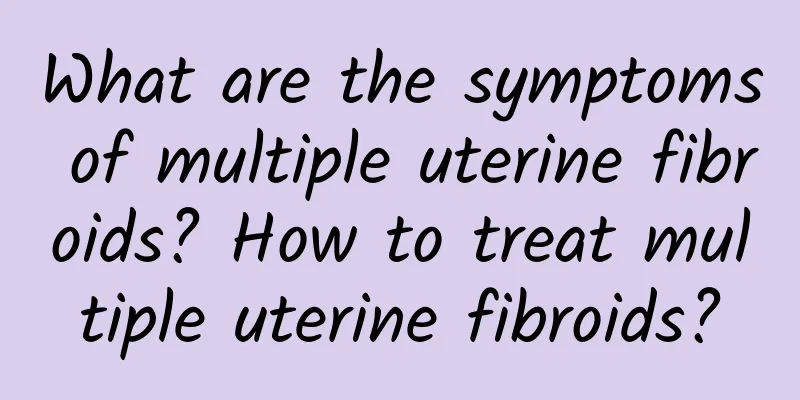Is it easy to treat anemia caused by uterine fibroids?
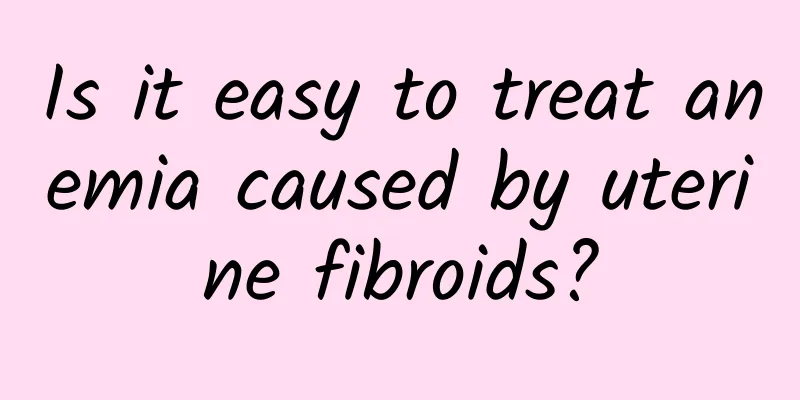
|
Anemia caused by uterine fibroids can be improved through dietary adjustments, drug therapy and surgical treatment. The key is to conduct comprehensive intervention on the cause. Uterine fibroids cause excessive menstrual flow, and long-term blood loss causes iron deficiency anemia. Treatment needs to be combined with the size of the fibroids, the severity of the symptoms and the specific situation of the patient. 1. Diet adjustment is the basis for improving anemia. Increase iron-rich foods such as red meat, animal liver, spinach, etc., and supplement vitamin C to promote iron absorption, such as citrus fruits, tomatoes, etc. Avoid drinking strong tea and coffee, which will inhibit iron absorption. 2. Drug treatment includes iron supplementation and hormone regulation. Oral iron preparations such as ferrous sulfate and ferrous gluconate can quickly increase hemoglobin levels. For patients with smaller fibroids and milder symptoms, gonadotropin-releasing hormone agonist GnRH-a or oral contraceptives can be used to reduce menstrual volume and indirectly improve anemia. 3. Surgical treatment is suitable for patients with large fibroids or severe symptoms. Myomectomy can preserve the uterus and is suitable for patients who want to have children. Uterine artery embolization shrinks fibroids by blocking the blood supply to the fibroids and reduces menstrual volume. Hysterectomy is suitable for patients who do not want to have children and have severe symptoms, and can completely solve the problems of fibroids and anemia. 4. Regular monitoring and follow-up are the key to ensuring the effectiveness of treatment. After treatment, the hemoglobin level and fibroid size should be checked regularly to evaluate the treatment effect and adjust the plan. For patients who have not undergone surgery, long-term monitoring of fibroid changes is required and timely intervention is required. Anemia caused by uterine fibroids is a preventable and treatable disease. Through comprehensive intervention of diet, medication and surgery, most patients can effectively improve their anemia symptoms. The key lies in early detection, timely treatment and long-term management to prevent anemia from causing further damage to health. |
<<: The difference between adenomyosis and endometriosis
>>: How to treat cervical cysts and ovarian cysts quickly
Recommend
3 tips for eating glutinous rice balls on winter solstice: eat cleverly but not fat
The winter solstice is here again~ What kind of d...
Consequences of untreated bacterial vaginosis
Fungal vaginitis is not unfamiliar to everyone. D...
Be careful! Avoid these 7 high-carb dishes for dinner
Carbohydrates are necessary nutrients for the bod...
Patients with irregular menstruation should understand their care methods as early as possible
Irregular menstruation is a kind of female diseas...
What should I do if my vulva itches and my leucorrhea is dreg-like and my waist hurts?
What should I do if my vulva itches and my leucor...
What is the recurrence rate of cervical warts?
Cervical warts are a sexually transmitted disease...
Why do women have cervical erosion?
Why do women have cervical erosion? Cervical eros...
What are the causes of uterine fibroids? Can uterine fibroids cause infertility?
Uterine fibroids are relatively small and difficu...
What tests should be done before uterine prolapse surgery?
If uterine prolapse is severe, surgical treatment...
What to do if cervical erosion occurs before abortion? Get the abortion done first
Many female friends found that they had different...
What is the cause of cervical hypertrophy and excessive secretion?
Cervical hypertrophy and excessive secretions may...
Effective prevention methods for pelvic peritonitis
In daily life, we should pay attention to pelvic ...
Irregular menstruation and abnormal vaginal discharge
Irregular menstruation and abnormal vaginal disch...
The harm of ovarian cysts usually found during gynecological examination
The hazards of ovarian cysts of different degrees...
Is it true that eating dessert in the morning can help you lose weight and prevent weight gain? Breakfast dessert experiment tells you
When losing weight, the first thing that comes to...

